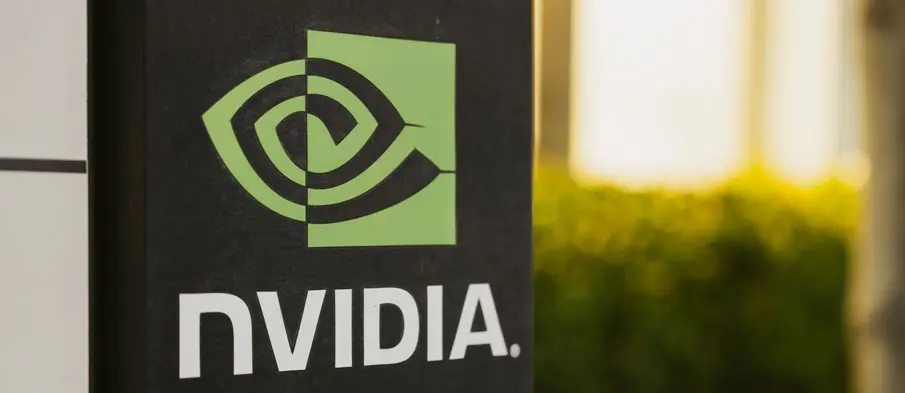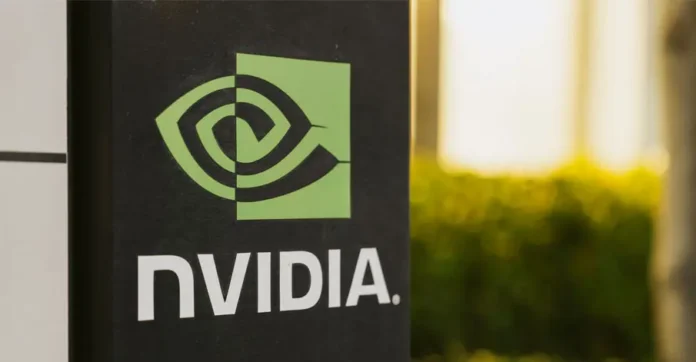
Nvidia, the world’s most valuable company, reported another strong quarter of growth with $46.7 billion in revenue, up 56% from the same period last year. The surge was driven primarily by its AI-focused data center business, which also posted a 56% year-over-year increase, reflecting continued global demand for advanced GPUs.
The company’s profitability rose in parallel. Nvidia reported net income of $26.4 billion in the second quarter, a 59% jump compared to last year. Data center sales contributed the bulk of revenue at $41.1 billion, highlighting the sector’s dominance. Within this, Nvidia’s Blackwell chips led the way, generating $27 billion.
CEO Jensen Huang positioned Blackwell as a pivotal technology for the AI era. “Blackwell is the AI platform the world has been waiting for,” Huang said in the earnings release. “The AI race is on, and Blackwell is the platform at its center.” He further projected massive spending on AI infrastructure, telling analysts, “$3 to 4 trillion is fairly sensible for the next five years.”
Nvidia also showcased its role in powering OpenAI’s open-source gpt-oss models launched earlier this month. The deployment leveraged the Blackwell GB200 NVL72 rack-scale system, which processed “1.5 million tokens per second on a single Nvidia Blackwell GB200 NVL72 rack-scale system.”
Despite record-breaking results, Nvidia continues to face challenges in China. The company reported no sales of its China-focused H20 chips during the quarter, though $650 million worth was sold to a customer outside the country. The issue stems from U.S. restrictions on GPU sales to China, which have evolved under President Trump. Under a new arrangement, Nvidia is permitted to sell chips to China if it pays a 15% export tax to the U.S. Treasury—an arrangement legal experts have criticized as an unconstitutional use of executive power.
CFO Colette Kress acknowledged that shipments have stalled due to uncertainty. “While a select number of our China-based customers have received licenses over the past few weeks,” Kress said, “we have not shipped any H20 devices based on those licenses.” Reports also suggest Nvidia recently paused production of the H20 chip, as China has discouraged domestic companies from relying on its technology.
Looking ahead, Nvidia forecasted $54 billion in Q3 revenue, with guidance allowing for a 2% swing in either direction. The outlook excludes any potential H20 shipments to China.





